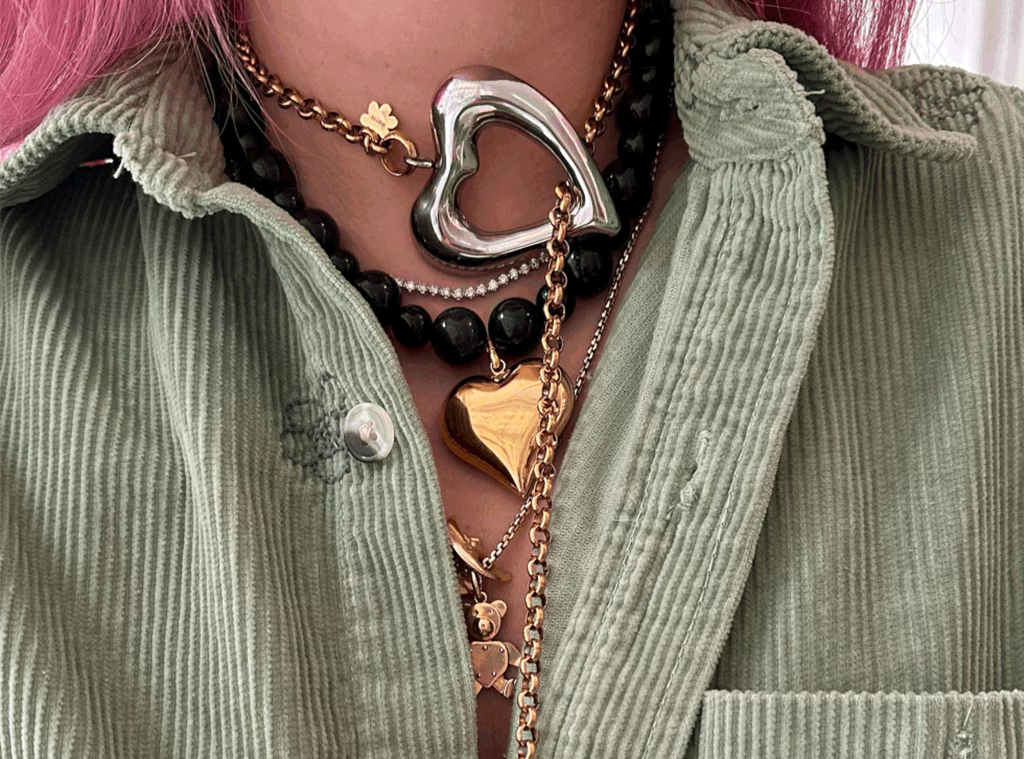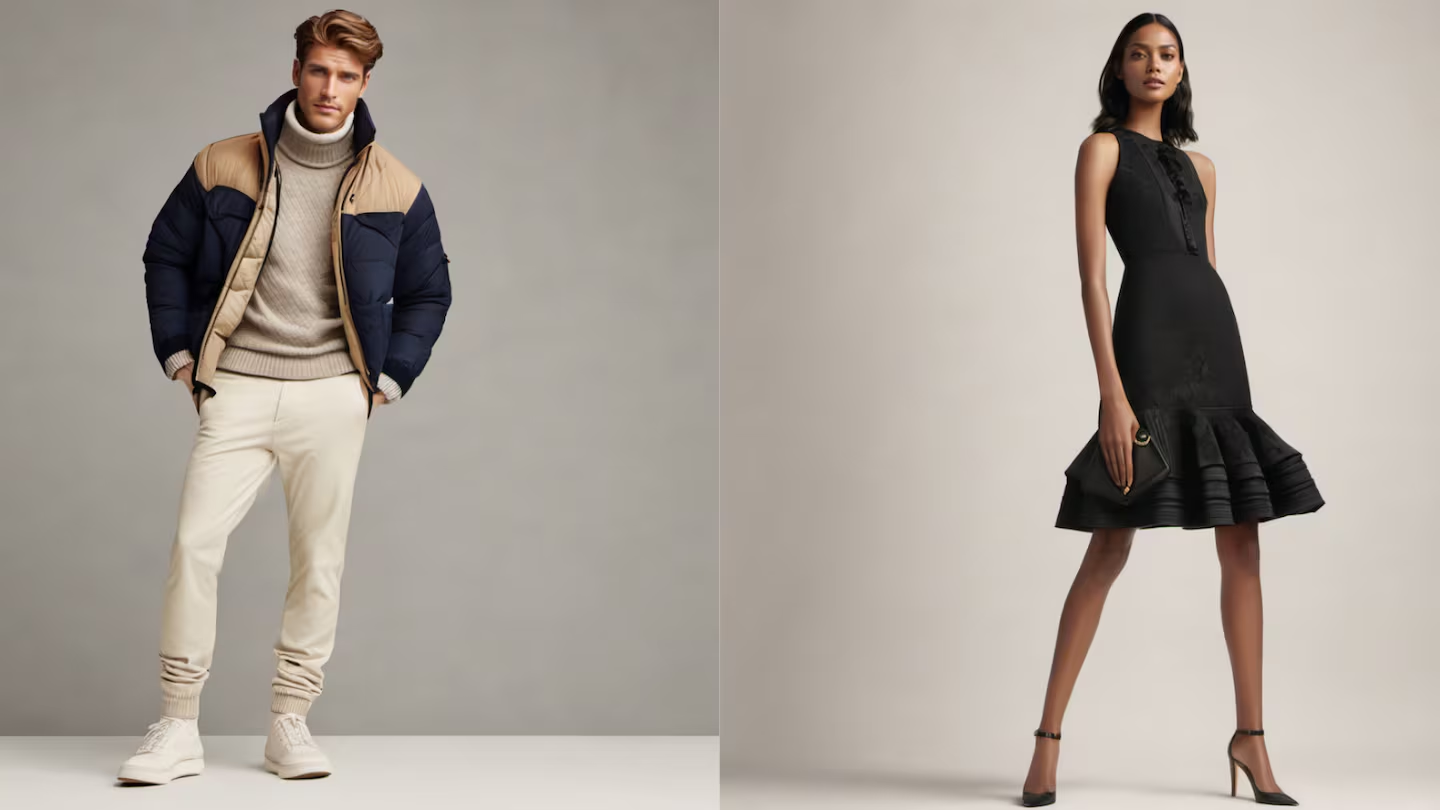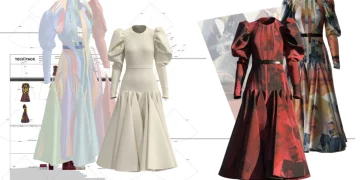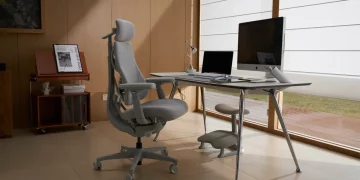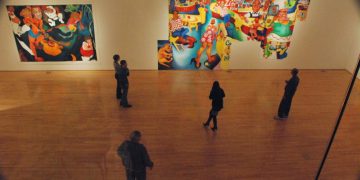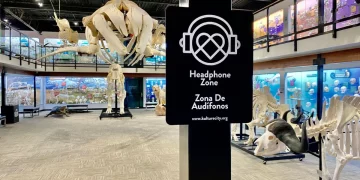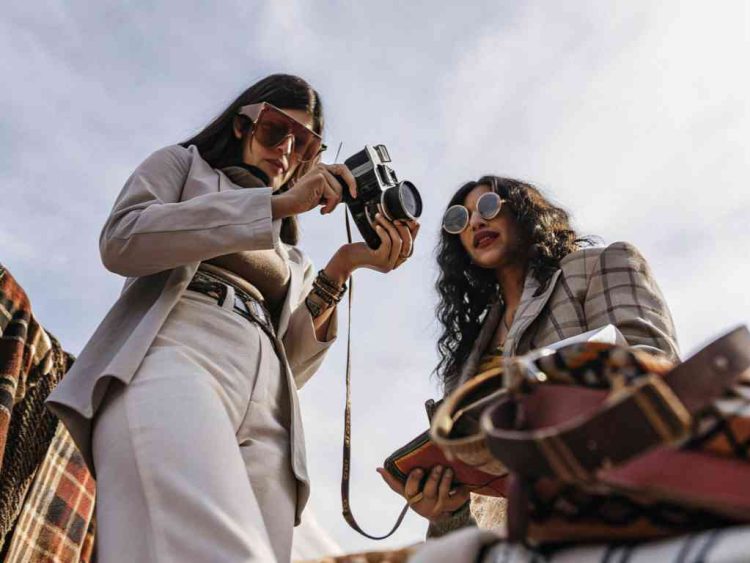In the ever-evolving world of fashion, design, and culture, trends have a curious way of coming full circle. What was once old-fashioned or outdated can suddenly resurface, revived by nostalgia or a new generation eager to embrace the past. One such phenomenon that has captivated the attention of many is the resurgence of retro styles.
From vintage clothing and mid-century modern furniture to retro music and graphic design, it seems that the past is not only being remembered but celebrated in vibrant, new ways. This article explores whether retro styles are indeed making a true comeback, why this trend is so compelling, and how it’s influencing everything from fashion to interior design and beyond.
Understanding Retro Styles
Before delving into the specifics of whether retro styles are coming back, it’s essential to first understand what “retro” truly means. The term “retro” refers to an aesthetic that consciously imitates the styles, design elements, and cultural aspects of past decades, typically from the 1950s to the 1980s. Retro design evokes feelings of nostalgia, conjuring up images of bold patterns, bright colors, and iconic fashion pieces that are part of our collective cultural history.
Retro doesn’t just mean “old”; it represents a specific era’s visual language—whether it’s the sleek curves of mid-century modern furniture, the playful patterns of ’70s interiors, or the punk-inspired graphics of the 1980s. The beauty of retro is that it brings together both the nostalgia of the past and the innovation of the present.
Why Retro Styles Are Resurging
1. Nostalgia for Simpler Times
One of the driving forces behind the revival of retro styles is the desire for a simpler, more innocent time. As we navigate an increasingly complex and often overwhelming modern world, there’s a yearning for the perceived simplicity of past decades. Whether it’s the calm, cozy vibe of 1970s interiors or the upbeat energy of 1980s pop culture, retro styles offer a sense of comfort and security.
2. Sustainability and Thrift Culture
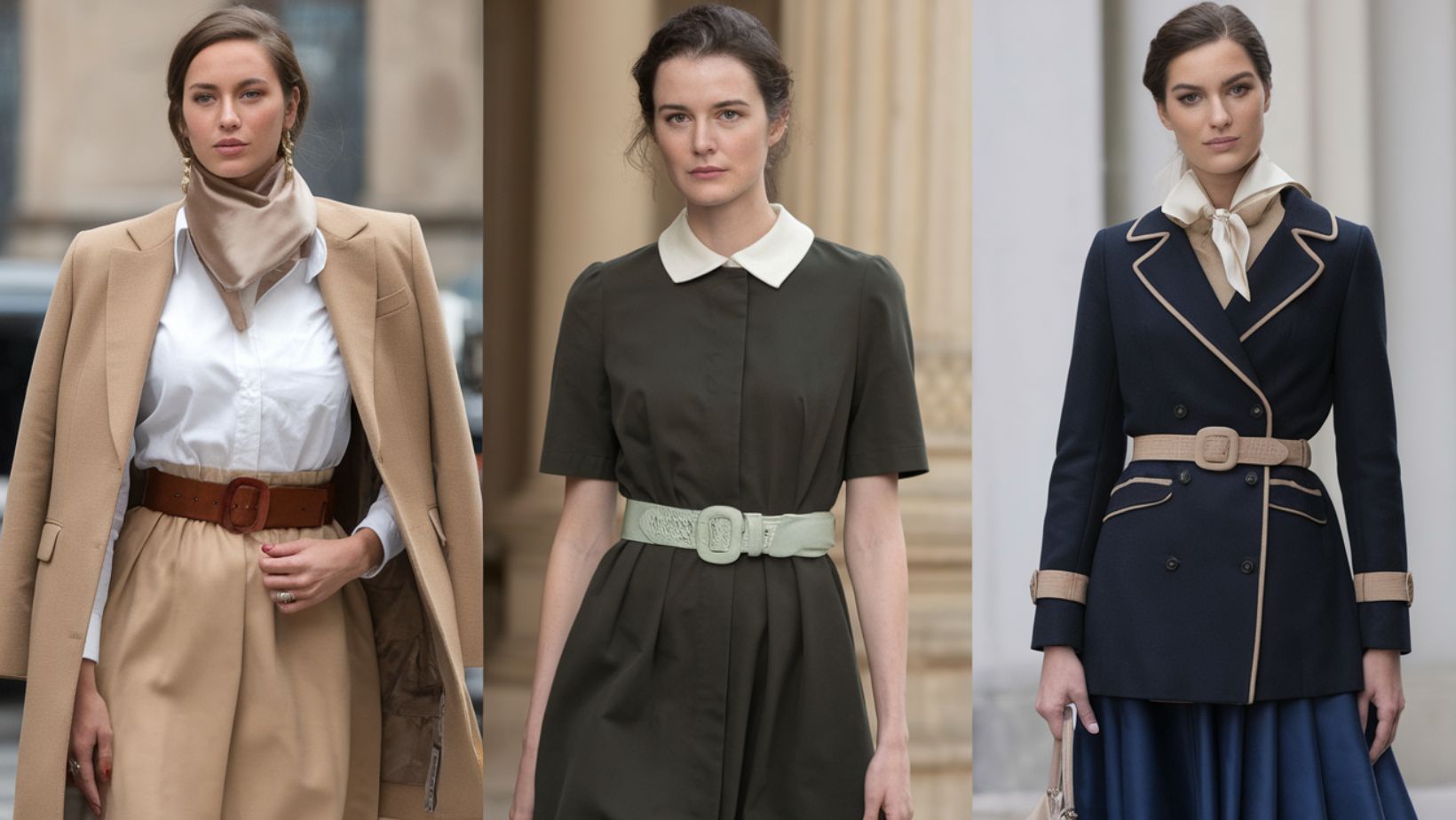
Another significant factor contributing to the comeback of retro is the growing focus on sustainability. Fast fashion and mass production have faced increasing scrutiny in recent years, and consumers are looking for ways to reduce their environmental impact. Vintage clothing, secondhand furniture, and refurbished electronics have become not just practical choices, but stylish, eco-conscious ones.
Thrift stores, flea markets, and online vintage shops have made it easier than ever to find authentic retro pieces, often at a fraction of the price of new, mass-produced items. The appeal is not just in the unique, one-of-a-kind nature of vintage finds but also in the fact that buying retro is a way to reduce waste while celebrating the craftsmanship of the past.
3. Influence of Media and Pop Culture
Pop culture plays a huge role in making retro styles trendy again. The influence of TV shows, movies, and social media can’t be overstated. Shows like Stranger Things have brought the 1980s back into the mainstream, with neon colors, vintage tech, and synth-heavy soundtracks dominating the scene. Music icons like Billie Eilish and Dua Lipa, both known for their nostalgic fashion choices, have further popularized retro styles among younger audiences.
Similarly, the fashion industry has been looking back to past decades for inspiration. High-end designers have incorporated retro elements into their collections, while streetwear brands have made retro sneakers, graphic tees, and accessories key components of modern style. The cyclical nature of fashion means that trends from 30 or 40 years ago can seem fresh and exciting when reintroduced with a modern twist.
Retro Fashion: A Walk Through Time
1. The 1950s: Classic Elegance
The 1950s marked an era of elegance, sophistication, and rock ‘n’ roll. In fashion, this was the time of poodle skirts, swing dresses, and tailored suits. Today, elements of ’50s fashion continue to influence contemporary style. The return of high-waisted jeans, polka dot prints, and the “greaser” look from the era of Elvis Presley and James Dean are signs of how fashion borrows from this time.
Women’s fashion, in particular, has taken inspiration from the sharp, feminine silhouettes of the era. Full skirts, A-line dresses, and vibrant red lips are being embraced by modern-day fashionistas. The “retro” vibe doesn’t just appeal to women, however—many men are rediscovering the classic coolness of leather jackets and slim-cut trousers, often pairing them with modern accessories to create a timeless look.
2. The 1960s: Mod and Psychedelic Influence
The 1960s were a time of radical cultural change, reflected in the bold fashion choices of the era. The mod movement, characterized by geometric patterns, sleek lines, and bold colors, influenced everything from clothing to furniture design. Today, designers often tap into this era’s boldness through graphic patterns, bright color palettes, and streamlined tailoring.
In terms of music, the ’60s are still influencing current artists. The Beatles, The Rolling Stones, and Jimi Hendrix left lasting legacies that continue to inform both fashion and music culture today. Vintage-inspired mini skirts, turtlenecks, and checkered prints are all examples of how the mod look continues to inspire modern street style.
3. The 1970s: Bohemian and Disco Chic
The ’70s were a time of freedom, with a strong focus on individual expression. This decade saw the rise of boho-chic, with flowing fabrics, bell-bottom pants, and earthy tones dominating the fashion landscape. On the other hand, the disco movement brought flashy outfits, metallic fabrics, and platform shoes into the mainstream.
Today, elements of both the bohemian and disco influences are seeing a resurgence. Boho accessories such as wide-brimmed hats, suede jackets, and fringe are popular once again. Meanwhile, disco-inspired styles like sequins, metallics, and wide collars are being reimagined by contemporary designers.
4. The 1980s: Bold, Bright, and Over-the-Top

The 1980s were all about excess—big hair, bold colors, and larger-than-life fashion. From power suits to neon leggings, the ’80s embodied a maximalist attitude. The era’s influence can be seen in the current fascination with neon shades, oversized silhouettes, and bold graphic prints. Tracksuits, windbreakers, and chunky sneakers are among the most iconic fashion statements making a comeback today.
Beyond fashion, the ’80s also influenced the world of technology, entertainment, and design. The distinctive retro tech aesthetic—think of vintage TVs, early mobile phones, and arcade games—has become popular with collectors and design enthusiasts. The ’80s also brought about the rise of digital design, with pixel art, geometric shapes, and neon colors influencing everything from album covers to modern-day graphic design.
Retro Interior Design: A Blast from the Past
It’s not just fashion that’s embracing retro styles—interior design has also taken a nostalgic turn. Mid-century modern furniture, with its clean lines, natural wood, and minimalist forms, has become a staple in contemporary interiors. From Eames chairs to retro-inspired lamps, these pieces have found a new generation of fans.
The 1970s boho style, with its earthy tones, shag carpets, and eclectic mix of vintage and contemporary pieces, is also enjoying a revival. At the same time, ‘80s-inspired interiors, with bold colors, geometric patterns, and minimalist designs, are making a strong comeback in modern homes and commercial spaces.
The Role of Technology in Retro Revival
Interestingly, technology has played a crucial role in the retro renaissance. With the rise of digital design tools, we now have the ability to reproduce retro styles with an unprecedented level of precision. Additionally, the revival of vinyl records, cassette tapes, and vintage video games shows how retro technology is not just a fad but a lifestyle choice.
For example, the resurgence of vinyl records has been particularly notable in recent years. Sales of vinyl albums have soared, with many young people gravitating toward the warmth and tactile experience that digital music can’t provide. Retro-inspired gadgets, such as Polaroid cameras, vinyl record players, and analog clocks, have also made their way into modern-day homes, blurring the lines between past and present.
Is Retro Here to Stay?
While it’s clear that retro styles have made a notable comeback, the real question is whether this trend will endure. Fashion, design, and culture are cyclical by nature. As the world moves forward, nostalgia will always hold a certain charm. The influence of retro will likely continue to shape creative fields, but it may evolve, blending with new trends and technologies to create something entirely fresh.
Moreover, as younger generations continue to rediscover the past, retro trends will likely continue to inspire a blend of vintage and modern aesthetics. The desire to be part of something timeless, while incorporating contemporary innovations, will ensure that retro styles remain relevant for years to come.
Conclusion
Retro styles are more than just a passing trend—they are a celebration of history, creativity, and the power of nostalgia. Whether it’s through the clothing we wear, the furniture we choose, or the music we listen to, retro styles remind us that the past holds timeless treasures that continue to influence the present and future. In a world that often feels like it’s moving too fast, retro provides a comforting reminder of where we’ve been, and perhaps, where we’re headed.


